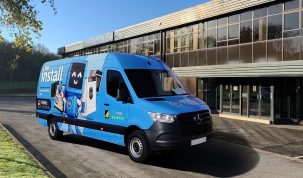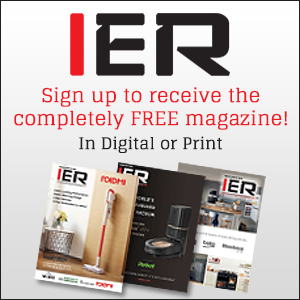The team at T21 suggest asking the right questions so you can pick out the features which offer key benefits directly linked to a customer’s biggest needs
A fridge is a fridge is a fridge. Right?
Well, to anyone in the industry, no. Refrigeration is a complex category with a vast range of product variations. Not only do customers need to be steered through the basic options – such as whether they want a built-in, counter-top or freestanding, slimline or standard size, fridge, fridge-freezer or freezer – they also probably need a guide to help navigate the multiplying number of stickers on the door (although, who knows, Post-Brexit perhaps this may change?).
Energy efficiency class is something most people seem to have a handle on: we all know that A+++ is more energy efficient than a simple A++ or even a lowly A+. But what is the real-world difference between A++ and A+++? Does stepping up mean you have a more reliable and longer lasting fridge? A better fridge?
 What about climate class? It’s not something our grandparents had to think about but how does that enter the sale?
What about climate class? It’s not something our grandparents had to think about but how does that enter the sale?
And then there are the multitude of interior configurations to consider. There’s bottle storage, salad crispers, temperature & humidity controlled zones. Is there an ice dispenser too? So how does water make its way to the container? Does it need to be plumbed in and if so what kind of disruption does that entail?
Reversible doors? Auto-defrosting – how does that work?
Stop!
Too much information.
It’s very easy to find that you’re the one doing all the talking when walking customers along a line of refrigeration products. You begin in good faith, asking them how much they want to spend and what size they’re looking for, but thirty minutes later you’re discussing global warming, ozone depletion and how to re-plumb a kitchen just to have crushed ice on tap for their cocktails.
It’s not that customers aren’t interested in any of that, of course they are, but there’s a danger of creating so much noise that they’re rapidly overwhelmed. Before you know it, that nice couple looking for a new fridge for their new house, who were ready to spend money on the day, now have to go away and have a think about it. Will they come back? Maybe. Or maybe they’ll just go and buy off the internet now that you’ve given them all this info.
As with any sale the key to unlocking a commitment to purchase lies in making it as easy as possible for the customer to say yes and giving them a compelling reason to do so.
This is where your questioning and listening skills come into play, rather than your knowledge of climate change and plumbing. But here’s a tip: don’t start with the obvious questions – such as size, price etc. Instead, start with something more sophisticated. Dive right in and find out how many people use the fridge. How often are they in and out of it? Do they have kids? A baby? Or a horde of flatmates? What do they need to store in their fridge and for how long? And so on…
 Questions based along these lines will start building a picture of your customers’ lifestyles, their preferences, their homes and habits, and not only will you begin to see which product will best suit their needs, so will they, and that’s important because now they’re bonding with you and the product. Strengthen your rapport and your customer will volunteer much more information than you ask them for.
Questions based along these lines will start building a picture of your customers’ lifestyles, their preferences, their homes and habits, and not only will you begin to see which product will best suit their needs, so will they, and that’s important because now they’re bonding with you and the product. Strengthen your rapport and your customer will volunteer much more information than you ask them for.
So what about budget and size? Should you ask those questions? Of course, if they haven’t told you already, but ask them later on, just before you’re about to start your recommendation.
Does that sound counter-intuitive? Try it.
What about the eco-labelling? Should that be mentioned at all? Sure, but remember the labels are not selling tools. They are guides, deigned to help consumers understand the environmental impact of their appliance. You can help them through the labels, and you need to be compliant when doing so, but remember there’s a difference between selling and advising, so don’t complain that people are walking away to think about it if all you’re doing is advising them.
Remember to cut through the noise and sell to your customers: pick out the features which offer key benefits directly linked to their biggest needs, because your affinity with these needs, as much as your product knowledge, will be the factor which most compels your customers to buy from you.












